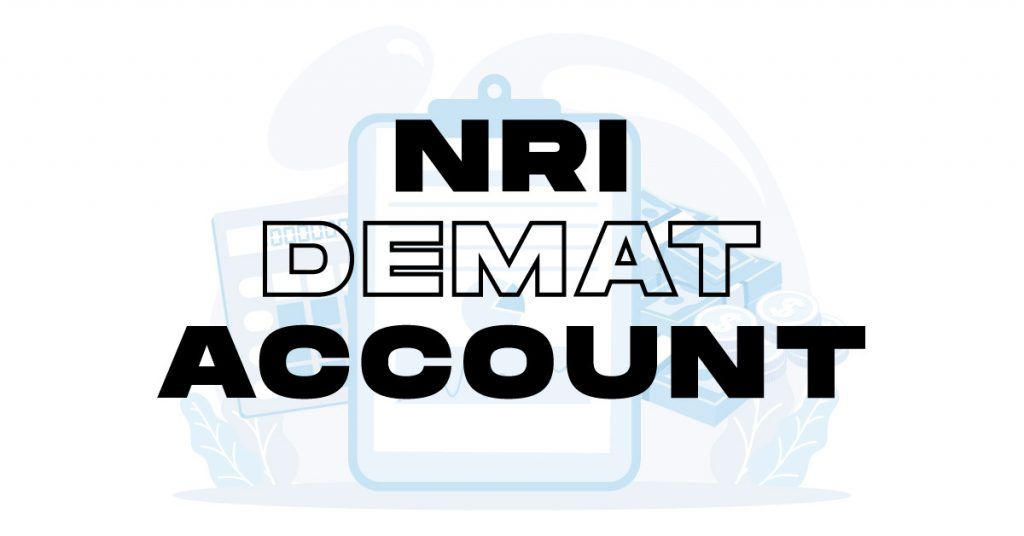What is the Lock-in Period in IPO?
Written by Upstox Desk
Published on July 31, 2025 | 9 min read

What is an IPO?
An Initial Public Offering (IPO) is when a company first sells shares of stock to the public. Companies use IPOs to raise capital, which can be used for expansion, acquisitions, or other purposes.
When a company goes public, it sells shares of itself to investors in an IPO. The price of the shares is determined by the demand from investors and the supply of shares being offered. The company also hires an investment bank to help with the IPO process.
The investment bank helps set the price of the IPO and finds potential investors. The investment bank also underwrites the IPO, meaning they agree to buy any unsold shares at the IPO price. This ensures that the company will not have to sell its shares at a lower price than what was initially offered.
What is Lock-In period in an IPO?
In an IPO, the lock-in period is the length of time that an investor must hold onto their shares before they are allowed to sell them. This period for an IPO typically lasts for six months but can be up to a year.
The purpose of this period is to allow the company time to stabilise and establish itself before shareholders can cash out. This stability is essential for attracting long-term investors who are interested in the company's growth potential rather than simply making a quick profit.
For employees and early investors, this period can be frustrating. They may have invested a great deal of time and money in the company and now must wait to see any return on their investment. However, this wait can be well worth it if the company goes public and its stock price increases. Employees and early investors can sell their shares at a profit when their stock becomes freely tradeable.
The length of the lock-in period differs. In the case of institutional investors such as banks and hedge funds, the period is usually one year. The period typically is six months for individual investors who buy shares through an IPO. For an anchor investor, the period is usually longer than the other investors. Thus, the lock-in period varies among the different IPO investors.
Are there any exceptions to the Lock-In period?
The lock-in period is the length of time that insiders (such as the company founders, employees, and early investors) are forbidden from selling their shares. The rationale behind this period is that it will give the company time to stabilise after going public and avoid any mass sell-offs that could drive down the share price.
There are a few exceptions to the lock-in period for an IPO. For instance, if the shares are sold before the end of the period, then the investor is not subject to lock-in restrictions. Additionally, if the shares are transferred to another person before the end of the lock-in period, then the new owner is also not subject to lock-in restrictions.
What is the purpose of the Lock-In period in an IPO?
It is minimum time an investor must hold shares before selling them. The purpose of this period is to ensure that investors do not sell their shares immediately after an IPO, which would likely result in a loss for the company. It also allows the company to raise more capital by selling additional shares to investors who are willing to hold them for a longer period of time.
After the period expires, investors are free to sell their shares on the open market. However, if the share price has dropped below the IPO price, investors may be subject to a penalty or loss. Underwriters are typically responsible for issuing shares to investors during an IPO. Underwriters are typically large investment banks that are paid a commission for their service. In addition, underwriters may purchase additional shares from the company at a discount to ensure that the IPO is successful.
What is the importance of the Lock-In period in an IPO?
An IPO lock-in period is the time during which shareholders are prohibited from selling their shares. The purpose of it is to give shareholders a long-term investment horizon and to prevent them from selling their shares immediately after the stock price goes up. This allows the company to have more stability in its share price and to raise more capital.
Lock-in periods are common in IPOs, but they can also be used in other types of equity offerings, such as secondary offerings. In a secondary offering, existing shareholders sell new shares of stock rather than the company issuing new shares.
How does a Lock-In period work?
When a company goes public, it offers shares of stock to investors. It is the time frame during which these original investors are not allowed to sell their shares. This period is typically six months to one year, which gives the company time to establish a firm position before selling its stock.
During this period, the company's stock price may fluctuate as it becomes more established in the market. However, the original investors cannot sell their shares during this time, so they must wait until the expiry of the period before they can cash out.
Once it expires, the stock becomes more liquid and can be traded more freely. The company's stock price may rise or fall at this point, depending on market conditions and investor sentiment.
What is the real idea behind the Lock-In period?
The lock-up period is meant to give the stock time to stabilise after the IPO.
After a company goes public, a limited number of shares are available for trading. The investment bank will also provide guidance on how many shares to sell and what price to set. Companies often ask whether or not they should have a lock-in period for their IPO. This can cause the stock price to be volatile as demand exceeds supply. The lock-in period helps to prevent this by keeping a large number of shares off the market.
It also gives insiders time to learn about the newly public company before trading their shares. This can help them make better decisions about when to buy and sell.
Insiders may also be subject to restrictions on how much they can sell in a given period, even after the lock-up period ends.
Are there any risks associated with a Lock-In period?
When investing in an IPO, there is always a risk that the stock price will fall below the offering price on the open market. There is also a risk that the company will not perform as well as expected and that the stock price will never recover. If the stock price falls below the offering price, investors may be stuck with their shares for a significant time.
Despite these risks, many investors still choose to invest in IPOs because of the potential for large returns.
What are the requirements for selling shares of an IPO on the first day of trading?
To sell shares of an IPO on the first day of trading, you must meet certain requirements.
First, be registered with the Security and Exchange Board of India(SEBI).
Second, have a minimum net worth of Rs.100 crore as per the latest audited balance sheet.
Third, the track record of the promoters should be good, as they should not have been involved in any major fraud or default in the past.
Fourth, the pre-issue promoter's shareholding shall not be less than 51%.
Fifth, a minimum of 25% of the total issue size must be sold to the public.
Sixth, the IPO price must be at least 20% higher than the floor price. Once a company meets these requirements, it can sell its shares to investors.
Conclusion
After reading this article, you should have a better understanding of what the lock-in period is in an IPO. It is the time frame in which insiders are restricted from selling their shares. This period's purpose is to stabilise the stock price after the volatile IPO process. Preventing insiders from selling their shares reduces the likelihood of a large sell-off that could plummet the stock price.
Such periods are beneficial for both companies and investors. For companies, it allows them to avoid any potential short-term losses that could come from a mass sell-off by insiders. For investors, it provides stability and confidence in the company's prospects.
Frequently Asked Questions (FAQs):
Q.What are the consequences of breaking the Lock-In period?
When investors buy shares in an IPO, they are lock-in for a period of time set by the underwriter. This is usually between 6 and 12 months but can be longer. If the investor sells their shares before the expiry of the period, they may have to pay the penalty. If an investor breaks this rule, they may have to pay a fee to the underwriter. This fee is typically equal to 2% of the value of the shares sold. In addition, the investor may also be subject to taxes on any profits made from selling their shares before the end of the period.
Q. What happens if I want to sell my shares during the lock-in period?
You may be subject to a penalty if you sell your shares during this period. The penalty is typically a loss of 10% of the share price. Finally, you will need to find a buyer willing to pay the penalty.
Q. Why is there a fall in the price of stocks after the lock-in period expires?
After the period expires, the stock price often falls. This is because there is now more supply of the stock on the market, and demand has not increased. This lack of demand can further push down the price. The founders and early investors who are now free to sell their shares often do so, flooding the market with additional supply. The falling stock price can also be a self-fulfilling prophecy. Once investors see that the price is falling, they may be less likely to buy the stock.
Q. Can I sell shares of an IPO on the same day it is traded?
Yes, it is done in order to cash in from new stock. However, there is also a lock-in period for IPO shares that you should be aware of before you make any decisions. If the period expires, you should be able to sell your shares on the first day of trading. If the period is still in effect, you'll have to wait until it expires.
About Author
Upstox Desk
Upstox Desk
Team of expert writers dedicated to providing insightful and comprehensive coverage on stock markets, economic trends, commodities, business developments, and personal finance. With a passion for delivering valuable information, the team strives to keep readers informed about the latest trends and developments in the financial world.
Read more from UpstoxUpstox is a leading Indian financial services company that offers online trading and investment services in stocks, commodities, currencies, mutual funds, and more. Founded in 2009 and headquartered in Mumbai, Upstox is backed by prominent investors including Ratan Tata, Tiger Global, and Kalaari Capital. It operates under RKSV Securities and is registered with SEBI, NSE, BSE, and other regulatory bodies, ensuring secure and compliant trading experiences.

























